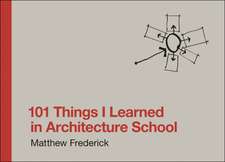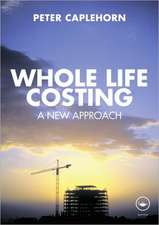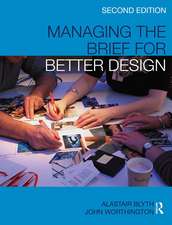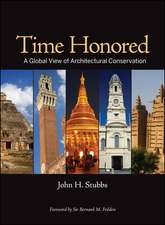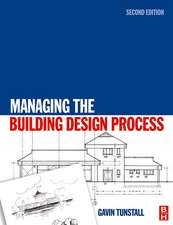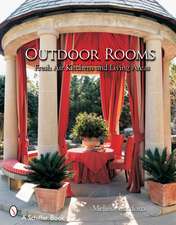Form Follows Fun: Modernism and Modernity in British Pleasure Architecture 1925–1940
Autor Bruce Peteren Limba Engleză Paperback – 27 sep 2007
Responding to the current interest in modernism and packed with a substantial archive of high quality photographs and other documentation, it relates the professional, entrepreneurial and institutional infrastructures affecting the pleasure industry’s architectural development and appearance in 1930s. A broad range of building through which the general public first experienced Modernism are covered, including:
- commercial – holiday camps, cinemas and greyhound racing stadia
- municipal and governmental projects – zoos, seaside pavilions, concert halls, and imperial and international exhibitions.
| Toate formatele și edițiile | Preț | Express |
|---|---|---|
| Paperback (1) | 466.77 lei 6-8 săpt. | |
| Taylor & Francis – 27 sep 2007 | 466.77 lei 6-8 săpt. | |
| Hardback (1) | 1338.83 lei 6-8 săpt. | |
| Taylor & Francis – 24 oct 2007 | 1338.83 lei 6-8 săpt. |
Preț: 466.77 lei
Preț vechi: 549.14 lei
-15% Nou
Puncte Express: 700
Preț estimativ în valută:
89.31€ • 93.26$ • 73.75£
89.31€ • 93.26$ • 73.75£
Carte tipărită la comandă
Livrare economică 15-29 aprilie
Preluare comenzi: 021 569.72.76
Specificații
ISBN-13: 9780415428194
ISBN-10: 041542819X
Pagini: 224
Ilustrații: 100 halftones
Dimensiuni: 189 x 246 x 15 mm
Greutate: 0.61 kg
Ediția:New.
Editura: Taylor & Francis
Colecția Routledge
Locul publicării:Oxford, United Kingdom
ISBN-10: 041542819X
Pagini: 224
Ilustrații: 100 halftones
Dimensiuni: 189 x 246 x 15 mm
Greutate: 0.61 kg
Ediția:New.
Editura: Taylor & Francis
Colecția Routledge
Locul publicării:Oxford, United Kingdom
Public țintă
Postgraduate and ProfessionalCuprins
1. Introduction 2. Theorizing the Architecture of Pleasure 3. Modernism and a Typology of Pleasure 4. Professional Relationships 5. Modernism and the Geography of Pleasure 6. Construction and Architectural Servicing 7. Consuming and Experiencing the Architecture of Pleasure 8. Conclusion
Descriere
Authoritative and readable, this excellent text, illustrated by a unique pictorial record of period architecture, surveys and examines how and why the architecture of pleasure related to the stylistic and ideological concerns of modernism in 1930s Britain.

